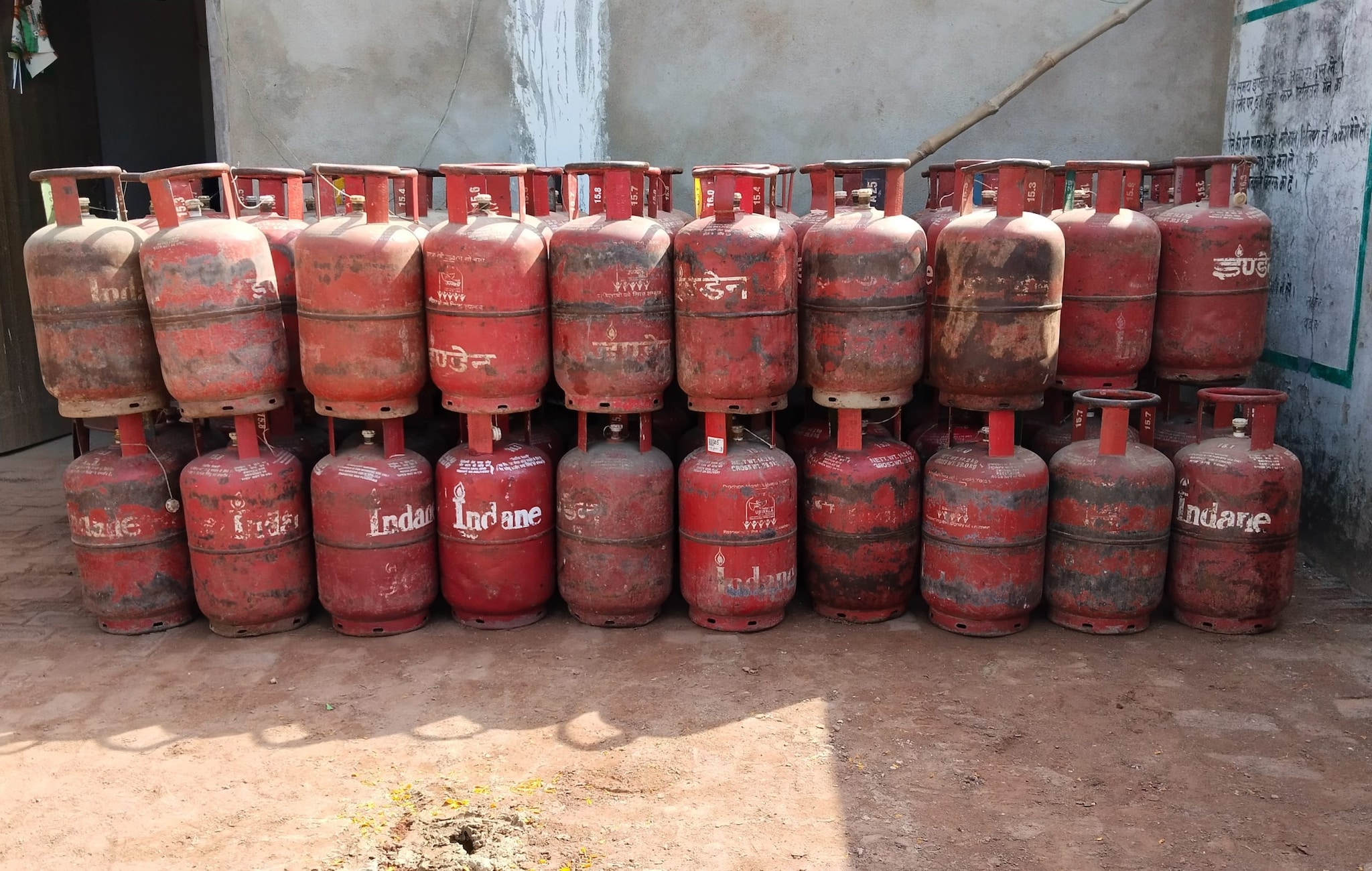During the April Monthly Meeting on Wednesday, we took questions directly from Investing Club members. Here are some of the responses from Jim Cramer and Jeff Marks, director of portfolio analysis for the Club. Their answers have been edited for clarity.
Hi Jim and Jeff, I believe in holding onto my positions, but in times of uncertainty like now (tariffs), there are often low prices and buying opportunities. Is it worth rebalancing your portfolio, even if it means taking a small loss, to take advantage of these low prices? — Dani in Montreal Yes, this is the move we're taking in our portfolio. Repositioning in this uncertain market means we have to make decisions on some stocks in our portfolio that may require us to take a small loss.

It also means we have some capital gains that we're going to have to take. Case in point, we recently had to cut our losses in the small position we had left in GE Healthcare because of how hard it got hit in China. Jim said it's important to act because "everything is so dire when it goes bad," reminding Club members that "nothing sacred in this portfolio.
" Jeff Marks added: Investors should always scrutinize their positions, especially when the broader market narrative changes. In terms of buying, we always talk about "high grading" the portfolio, in other words, buying into quality stocks that have been hit by what has been going on in this volatile market. Jeff said there are two schools of thought here: First, you could load up on defensives and tariff-resistant names that offer solid, predictable earnings to help shield against future losses; second, you could buy into some of the quality stocks that have been hammered over trade tensions.
We don't have the right answer since everyone's investment story is idiosyncratic, and each person has their own investing style. We're trying to do a mix of both styles in the Club portfolio — managing against losses with some of our buys but also looking for long-term upside. Lastly, Jim said investors should also consider their tax situation.
Should we be looking at a stocks trailing price-to-earnings ratios or forward P/E when looking at how expensive a stock is. Thank you both. — Paul We look at the forward price-to-earnings ratio, which means the next 12 months or next four quarters of earnings-per-share (EPS) estimates.
It tends to offer a better gauge of where a stock could be going rather than where it's been. Trailing P/Es look at a company's actual EPS from the past 12 months. As Jim has said many times, it's not about what the stock has already done, it's about what its going.
"The forward P/E tells a little bit of a better story there. It gives you a better sense of the direction and where [the stock] is headed," Jeff emphasized Wednesday. We aim to look at companies that are growing.
When adding a new position to the portfolio, how much and how quickly do you recommend adding, and at what intervals to build to a "full" position. — Susan in Georgia Jim explained that adding a new position to the portfolio is more of an art than a science. That's why he likes to start small and scale up the position over time — preferably at lower and lower prices.
For example, we have been making small buys of our newer position, Texas Roadhouse , because we're conscious that shares of the casual dining chain are prone to bounce around. We have been gradually picking up shares, mainly on weakness , which has given us the opportunity to improve our cost basis. The stock turned lower after reporting a slower start to the first quarter due to inclement weather in late February.
Shares fought back into March but took another leg down over broader concerns about a slowdown in consumer spending. At the same time, we're encouraged by the restaurant's resilient sales and believe the company can improve earnings in the upcoming summer months when people eat outdoors more frequently. (Jim Cramer's Charitable Trust is long TXRH.
See here for a full list of the stocks.) As a subscriber to the CNBC Investing Club with Jim Cramer, you will receive a trade alert before Jim makes a trade. Jim waits 45 minutes after sending a trade alert before buying or selling a stock in his charitable trust's portfolio.
If Jim has talked about a stock on CNBC TV, he waits 72 hours after issuing the trade alert before executing the trade. THE ABOVE INVESTING CLUB INFORMATION IS SUBJECT TO OUR TERMS AND CONDITIONS AND PRIVACY POLICY , TOGETHER WITH OUR DISCLAIMER . NO FIDUCIARY OBLIGATION OR DUTY EXISTS, OR IS CREATED, BY VIRTUE OF YOUR RECEIPT OF ANY INFORMATION PROVIDED IN CONNECTION WITH THE INVESTING CLUB.
NO SPECIFIC OUTCOME OR PROFIT IS GUARANTEED..
Business

Time to rebalance? Which P/E? How to build a position? We have answers to all 3 questions

Jim Cramer and Jeff Marks, director of portfolio analysis for the Club, took questions in during this week's Monthly Meeting.














